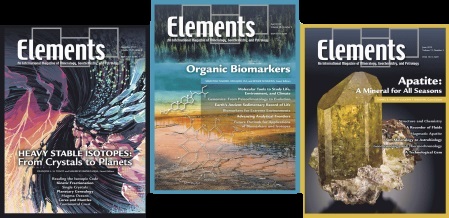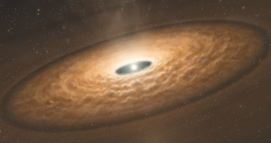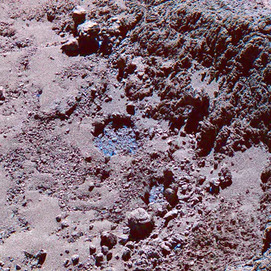Formation and Evolution Mechanisms for Organic Matter in Space
Organic compounds are a major component of dust in molecular clouds, alongside silicates and water ice, due to the high abundances of elements that make up these compounds in the Galaxy. The initial molecular inventory of the Solar System, inherited from the molecular cloud, was modified and new complex molecules were formed in the protoplanetary disk and planetesimals. Because astronomical observations mainly target gas, while cosmochemical evidence deals with solid phases, it is crucial to link discrepant knowledge on organic species through state-of-the-art modeling. This chapter reviews the latest understanding of surface reactions on inter- stellar dusts, gas–dust reactions in the protoplanetary disk, and alteration processes on planetesimals in the early Solar System.
Formation and Evolution Mechanisms for Organic Matter in Space Read More »



